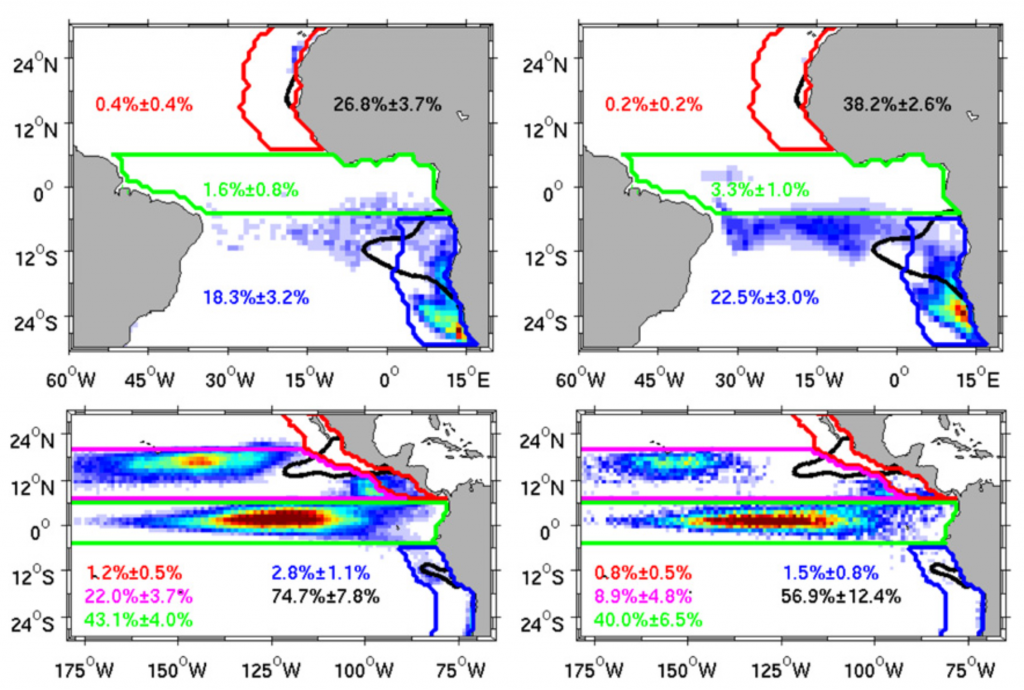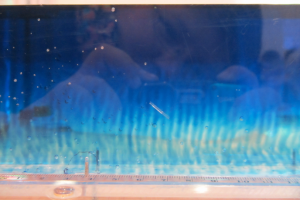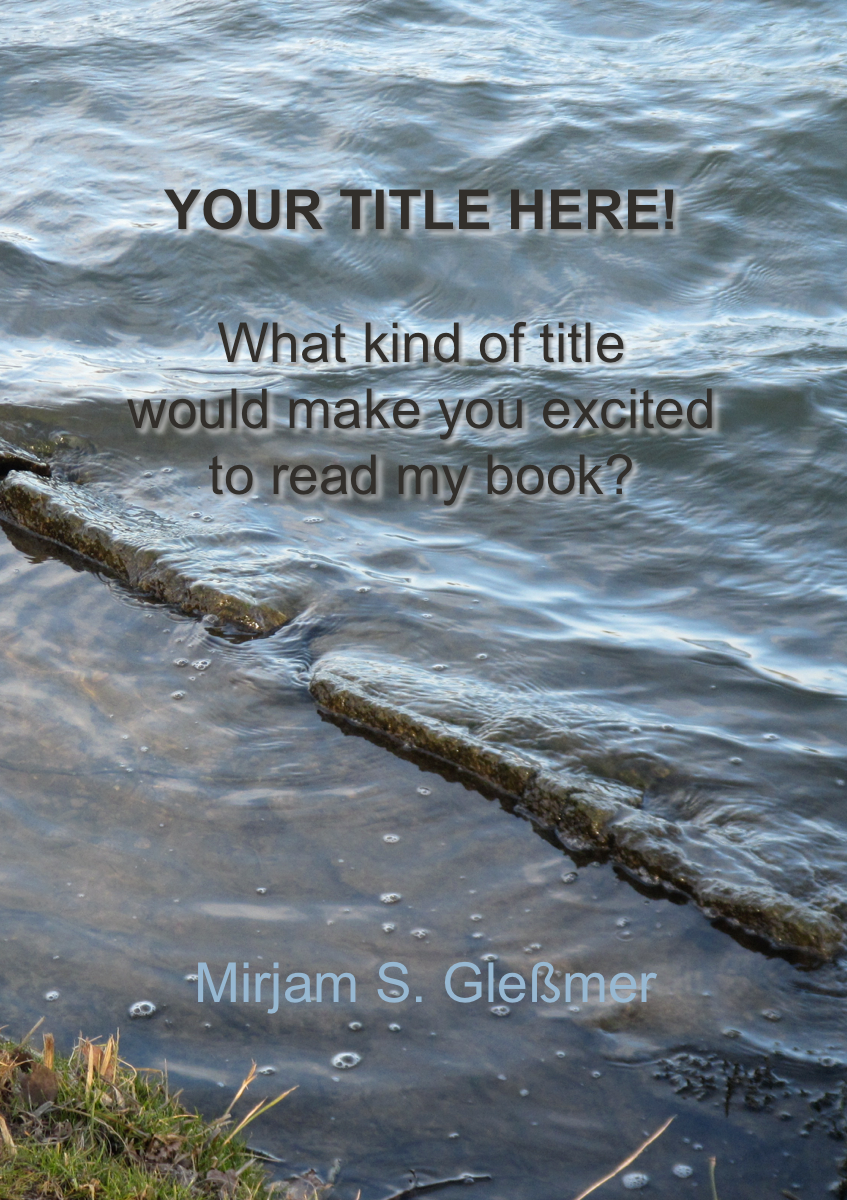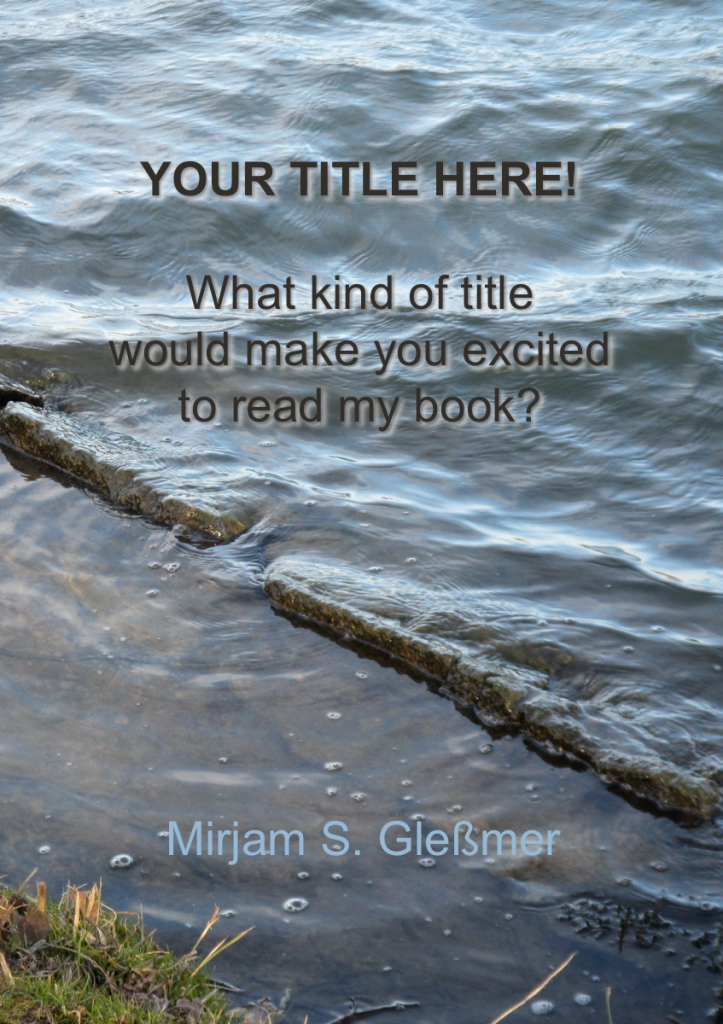“Observed vulnerability of Filchner-Ronne Ice Shelf to wind-driven inflow of warm deep water”*
Let’s talk ab’t a favourite paper
“Observed vulnerability of Filchner-
Ronne Ice Shelf to
wind-driven inflow
of wa(-a-a-a-a)rm deep water”
An ice shelf is ice that is floating
on top of the sea as it’s flowing
down from a continent
this one is prominent
more ar’onl’ the Ross Shelf is coating.
In oc’nographers’ jargon, “deep water”
(as we learned by heart at my alma mater)
are defined by their propertie’
and live in the deep, deep sea
and currently they are getting hotter.
But “warm” is a relative measure
bathing in it would be no pleasure
it’s temperature typically
less than just one degree!
Go measure yourself at your leisure!
As winds weaken now during summer
warm water, like led by a plumber,
climbs up the continent
and can now circumvent
sills and reach ice from under.
If temperatures rise as projected
a lot of the ice will be ‘ffected.
Raising the lev’l o’ sea,
changing hydrography,
which needs to be further dissected.
Because of its climatic impact
which Elin has now shown to be fact
we need close observation
of deep water formation
so all changes can carefully be tracked.
*that’s the title of an article by (Elin) Darelius et al. (2016) which served as inspiration for this poem.




